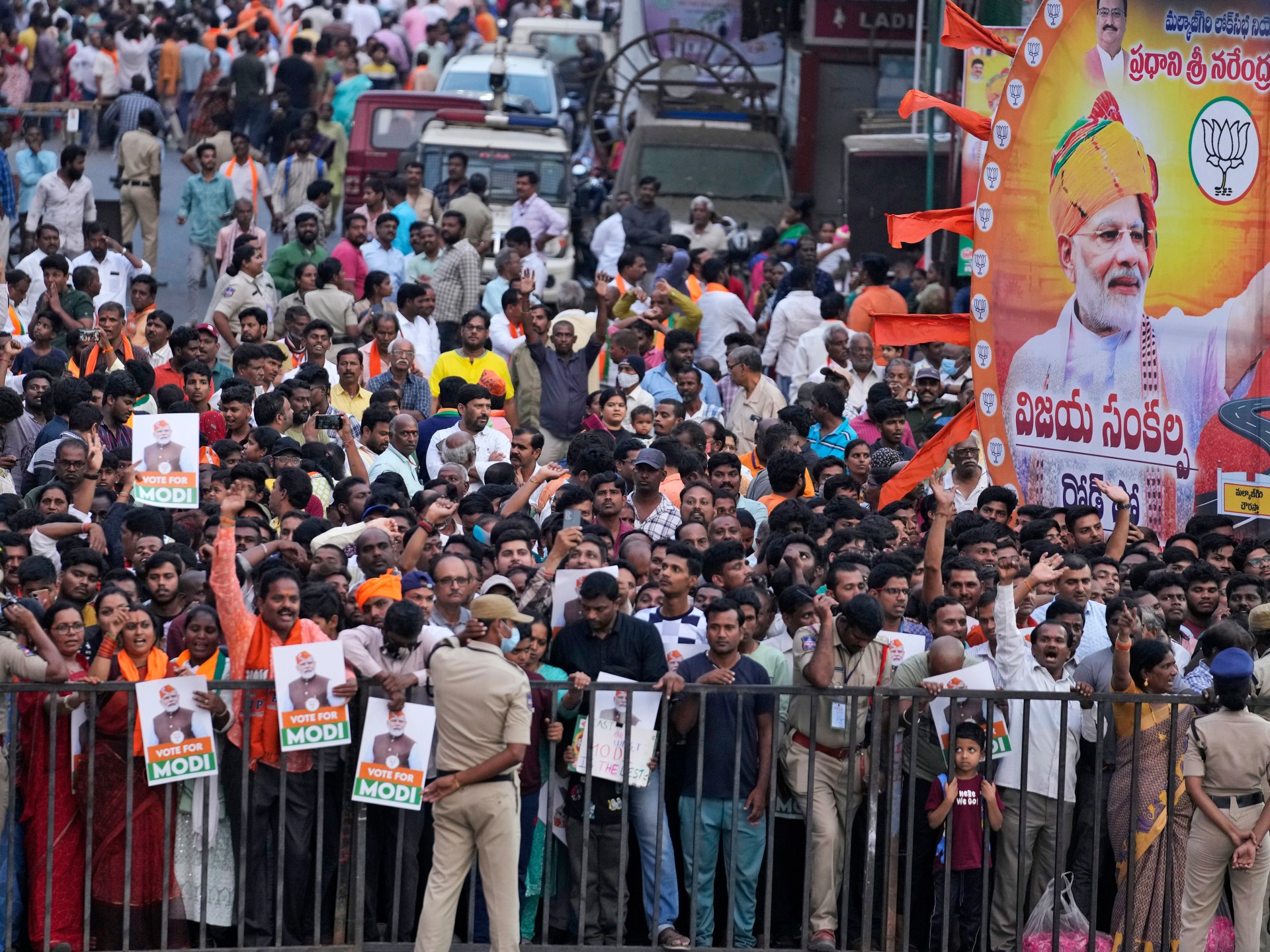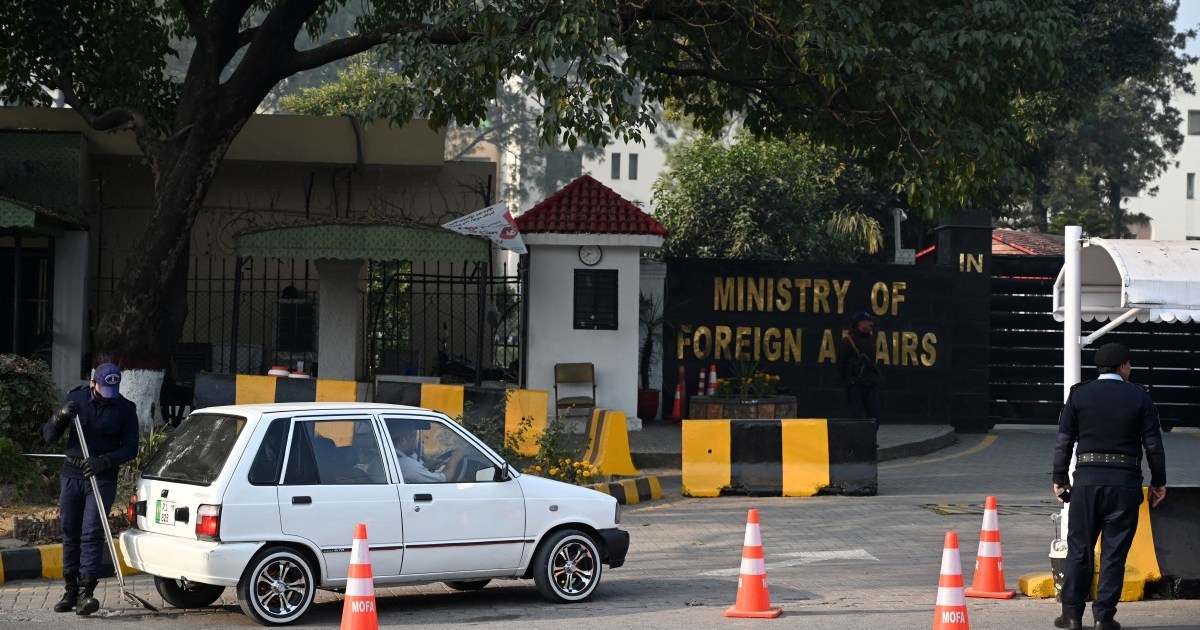Hezbollah and Israel: A timeline of conflict | Hezbollah News
On Tuesday evening, some 2,800 people in Lebanon were injured when their pager devices exploded – at least nine people were killed, among them three children.
Most of the people injured were members of the Lebanese group Hezbollah, which blamed the attack on Israel.
Hezbollah has been trading attacks across the southern Lebanese border with Israel for nearly a year, since October 8 when it began its attacks to deter Israel from its war on Gaza, which has killed at least 41,000 people.
Israel has returned fire, escalating and slowing in turn against one of the region’s most experienced nongovernmental fighting groups, which is well-armed and battle-tested against it.
The conflict between the two is not new, rather it goes back nearly half a century.
Here’s a timeline:
1982 – Invasion and formation
Israel invaded Lebanon in June 1982, ostensibly in response to attacks launched on it by the Palestine Liberation Organization from southern Lebanon. Lebanon’s civil war had been raging for seven years by then.
Hoping to install a friendly government in Lebanon, Israel occupied the south and went as far as West Beirut, where the PLO was based, which it put under siege.
After an agreement, the PLO left for Tunisia but Israel’s military stayed in Lebanon, supporting local proxies in the civil war and contributing to the Sabra and Shatila massacre. Right-wing Lebanese militia, in coordination with the Israeli army, killed between 2,000 and 3,500 Palestinian refugees and Lebanese civilians in two days.
Several Lebanese groups formed to repel the invasion, one was from the Shia Muslim community, traditionally a quiet demographic.
Hezbollah was the brainchild of Muslim leaders, reportedly supported by Iran, and given the mandate of repelling Israel.
Drawing support from disaffected youth and residents of the Bekaa Valley and Beirut’s southern suburbs – marginalised areas with significant Shia populations – Hezbollah quickly became a significant power in Lebanon.
1983 – Attacks
Between 1982 and 1986, a number of attacks against foreign military presences were executed and claimed by various groups, but many were blamed on Hezbollah.
On October 23, 1983, the bombing of several barracks buildings in the capital, Beirut, killed more than 300 French and American peacekeepers.
The bombing was claimed by the Islamic Jihad group, believed by many to be a front for Hezbollah.
1985 – Growth of Hezbollah
By 1985, Hezbollah’s fighting power grew to the point that it, along with allied groups, was able to force the Israeli army to withdraw to the Litani River in south Lebanon.
Israel declared what it called a “security zone” along swaths of the Lebanese-Israeli border.
Policing that security zone was the Christian-dominated South Lebanon Army (SLA), typically reported as an Israeli proxy force, which continued to support the occupation of south Lebanon until Israel’s withdrawal in 2000.
1992 – Politics
In 1992, after Lebanon’s civil war (1975-1992) ended, Hezbollah entered parliamentary politics, winning eight seats in Lebanon’s 128-seat assembly.
Hezbollah’s seats have increased and the group and its allies now have 62 seats in parliament.
It also runs extensive social programmes in areas where its presence is strongest, increasing its influence.
1993 – Seven-Day War
In July 1993, Israel attacked Lebanon in what it called “Operation Accountability”, known as the Seven-Day War in Lebanon.
The assault came after Hezbollah responded to Israeli attacks on a refugee camp and village in Lebanon by attacking northern Israel, causing casualties.
The conflict killed 118 Lebanese civilians and wounded 500 more, and destroyed thousands of buildings.
1996 – April Aggression and Qana
Three years later, on April 11, 1996, Israel launched another 17-day offensive intended to force Hezbollah beyond the Litani River and out of striking range of Israeli targets.
What the Lebanese call the April Aggression was called “Operation Grapes of Wrath” by Israel, referencing the 1939 novel by US author John Steinbeck.
There were significant military and civilian casualties on both sides and Lebanon’s infrastructure was badly damaged.
On April 18, Israel shelled a United Nations compound near the village of Qana in occupied southern Lebanon – some 800 displaced civilians were sheltering there.
The attack killed 106 civilians, including at least 37 children, and injured about 116.
Four Fijian soldiers, assigned to the UN interim peacekeeping force, were also seriously injured.
2006 – July War
In a 2006 operation into Israeli territory, Hezbollah killed three Israeli soldiers, Wassim Nazal, Eyal Benin and Shani Turgeman, and captured two, Ehud “Udi” Goldwasser and Eldad Regev.
Hezbollah demanded the release of Lebanese prisoners in exchange for the Israeli soldiers. In the end, the bodies of both Goldwasser and Regev were returned two years later in exchange for five Lebanese prisoners.

Later the same month, the July War broke out, lasting 34 days.
Approximately 1,200 Lebanese people died and 4,400 were wounded, mostly civilians. Israel, meanwhile, reported 158 deaths, most of them soldiers.
2009 – Updated manifesto
In 2009, while maintaining its opposition to Israel and its continued support for Iran, Hezbollah updated its manifesto, committing to its integration into a democratic form of government that represented national unity rather than sectarian interests. This was its second declaration, after 1985’s Open Letter which had directly opposite domestic goals.
The 2009 manifesto doubled down on the idea of resistance against Israel while showing how entrenched Hezbollah was becoming in all layers of Lebanon.
2012 – Syria’s civil war
Hezbollah entered Syria’s civil war in support of the Damascus regime from 2012, a move criticised by many of its former Arab supporters and also condemned by one of the group’s founders, senior cleric Subhi al-Tufayli.
However, their supporters claim this deployment played a role in preventing the encroachment of armed groups, particularly ISIL (ISIS), into Lebanon, as well as gaining Hezbollah extensive battlefield experience.
2023 to 2024 – Gaza
In October 2023, Hezbollah launched a rocket campaign on Israel in support of Gaza, which was being bombarded by Israel following a Hamas-led surprise attack on Israel that saw 1,139 people killed and some 250 taken captive. Israel returned fire.
In Lebanon, 97,000 people have been forced from their homes, with 566 people killed, according to the Lebanese Ministry of Health. At least 133 were civilians.
About 60,000 Israelis were evacuated from the border region of northern Israel. People on both sides have yet to return to their homes.
Israel has carried out strikes and assassinations in Lebanon and Syria, killing several senior Hezbollah and Hamas leaders.
Hezbollah played a role in what was regarded as one of the most dangerous points of the conflict after Israel was blamed for striking Iran’s consular building in Damascus on April 1, 2024.
When Iran responded to Israel two weeks later, Hezbollah was prominent in its support of Tehran.
On July 28, 12 Syrian children and young adults were killed on a football field in the Israeli-occupied Golan Heights, an incident that kicked off an escalation.
Israel and Hezbollah denied responsibility for the incident but Israel cited the tragedy as the cause for the assassination of Hezbollah commander Fuad Shukr in southern Beirut a few days later.
Shukr’s killing, as well as that of Hamas political leader, Ismail Haniyeh, within days, has left the region on high alert.
Hezbollah launched a rocket attack in late August as the first stage of its response to Shukr’s assassination.
On September 17, 2024, thousands of hand-held pagers belonging to Hezbollah operatives in Lebanon exploded.
So far, at least 11 people, including three civilians, have been killed as a result of the attack and approximately 2,750 have been wounded.
Hezbollah has confirmed it holds Israel responsible and has promised retaliation.
Check out our Latest News and Follow us at Facebook
Original Source







